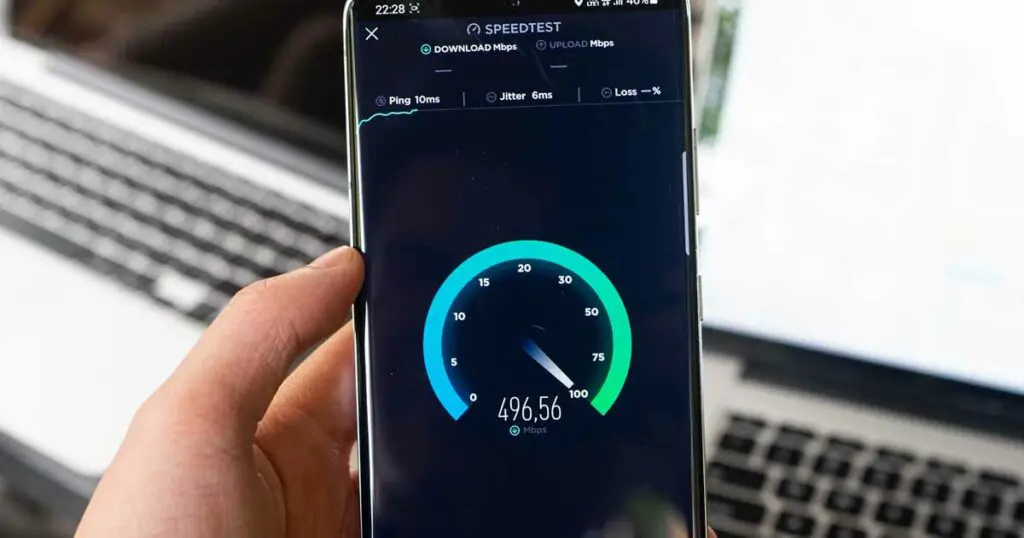In the fast-paced world of telecommunications, the advent of 5G technology has ushered in a new era of connectivity, promising blazing-fast speeds, ultra-low latency, and unprecedented network reliability. As this next-generation wireless technology continues to roll out across the United States, consumers are presented with an array of options when it comes to choosing the best 5G network provider. In this article, we’ll explore and compare some of the leading 5G networks in the USA, helping you make an informed decision about which provider offers the best coverage, performance, and value for your needs.
Verizon 5G Ultra Wideband
Verizon is widely regarded as one of the pioneers in the 5G space, and its 5G Ultra Wideband network boasts impressive speeds and coverage in select urban areas. Leveraging mmWave spectrum, Verizon’s Ultra Wideband offers blazing-fast download speeds, making it ideal for bandwidth-intensive activities such as streaming 4K video and online gaming. However, its coverage is still limited primarily to densely populated urban areas, and indoor penetration can be challenging due to the higher frequency bands used.
AT&T 5G
AT&T has been aggressively expanding its 5G footprint across the country, offering both sub-6 GHz and mmWave 5G services. With a focus on delivering widespread coverage, AT&T’s 5G network is available in numerous cities and towns nationwide, providing users with enhanced connectivity and faster speeds compared to 4G LTE. While AT&T’s mmWave 5G offers impressive speeds in select areas, its sub-6 GHz 5G provides broader coverage and better indoor penetration, making it a compelling option for users seeking a balance between speed and coverage.
T-Mobile 5G
Following its merger with Sprint, T-Mobile has emerged as a formidable player in the 5G market, boasting the largest 5G network coverage in the United States. T-Mobile’s 5G network operates primarily on sub-6 GHz spectrum, offering extensive coverage in both urban and rural areas. Additionally, T-Mobile’s mid-band 5G, branded as “T-Mobile Ultra Capacity 5G,” delivers impressive speeds that rival those of mmWave technology while maintaining broader coverage. With a focus on delivering a seamless 5G experience nationwide, T-Mobile is a compelling choice for users prioritizing coverage and reliability.
Google Fi 5G
Google Fi, a mobile virtual network operator (MVNO) that utilizes networks from multiple carriers, including T-Mobile, Verizon, and US Cellular, offers 5G connectivity to its subscribers. By leveraging multiple networks, Google Fi provides users with access to extensive coverage and reliable connectivity across the country. While Google Fi may not offer the fastest speeds compared to dedicated 5G providers, its flexible plans, seamless switching between networks, and international roaming features make it an attractive option for frequent travelers and those seeking a hassle-free 5G experience.
Choosing the Right 5G Network
When selecting the best 5G network in the USA, several factors should be considered, including coverage, speed, reliability, and pricing. While Verizon’s Ultra Wideband offers unparalleled speed in select urban areas, its coverage may be limited for users residing in suburban or rural regions. AT&T and T-Mobile, on the other hand, provide extensive coverage and reliable connectivity nationwide, with T-Mobile offering the largest 5G network footprint. Google Fi offers a unique approach to 5G connectivity, leveraging multiple networks to deliver comprehensive coverage and flexible plans.
Ultimately, the best 5G network for you will depend on your specific needs, location, and budget. Consider factors such as coverage availability in your area, desired speed and performance, as well as pricing and plan options when choosing a 5G network provider. With the rapid expansion of 5G technology, users can expect continued improvements in coverage, speed, and reliability, ushering in a new era of connectivity and innovation in the United States.
